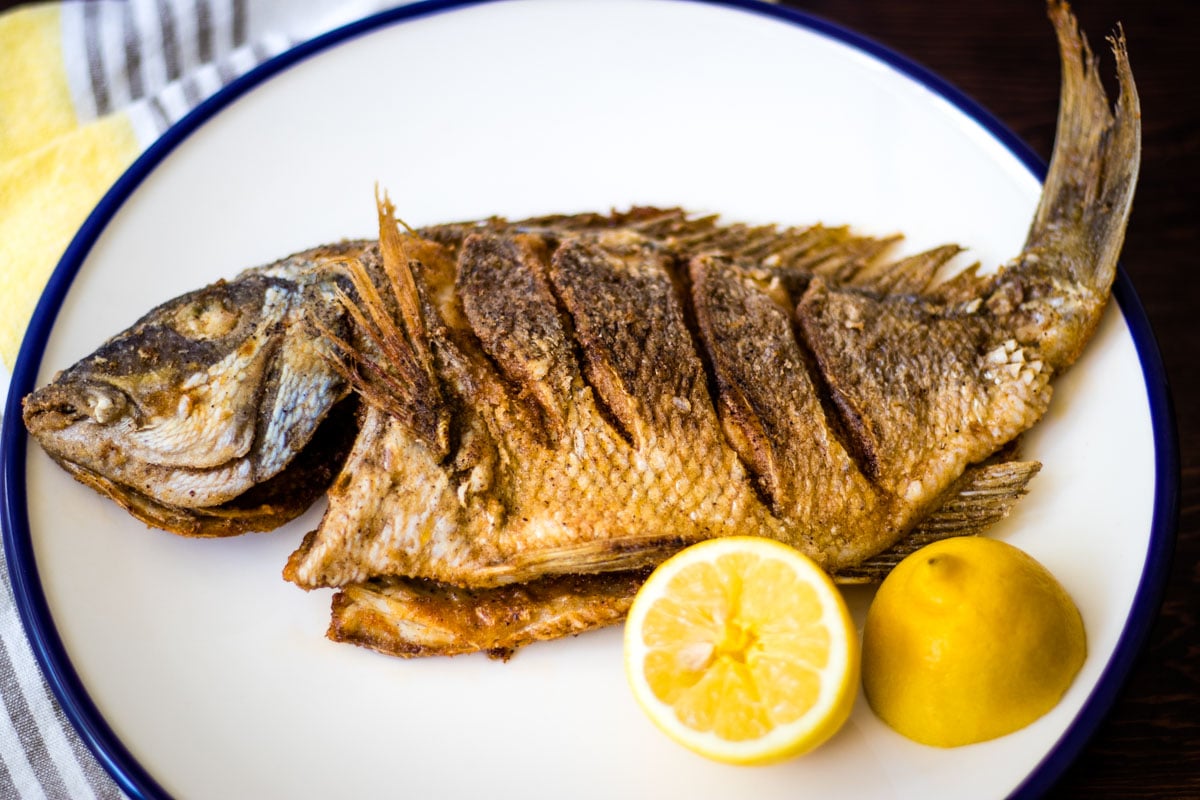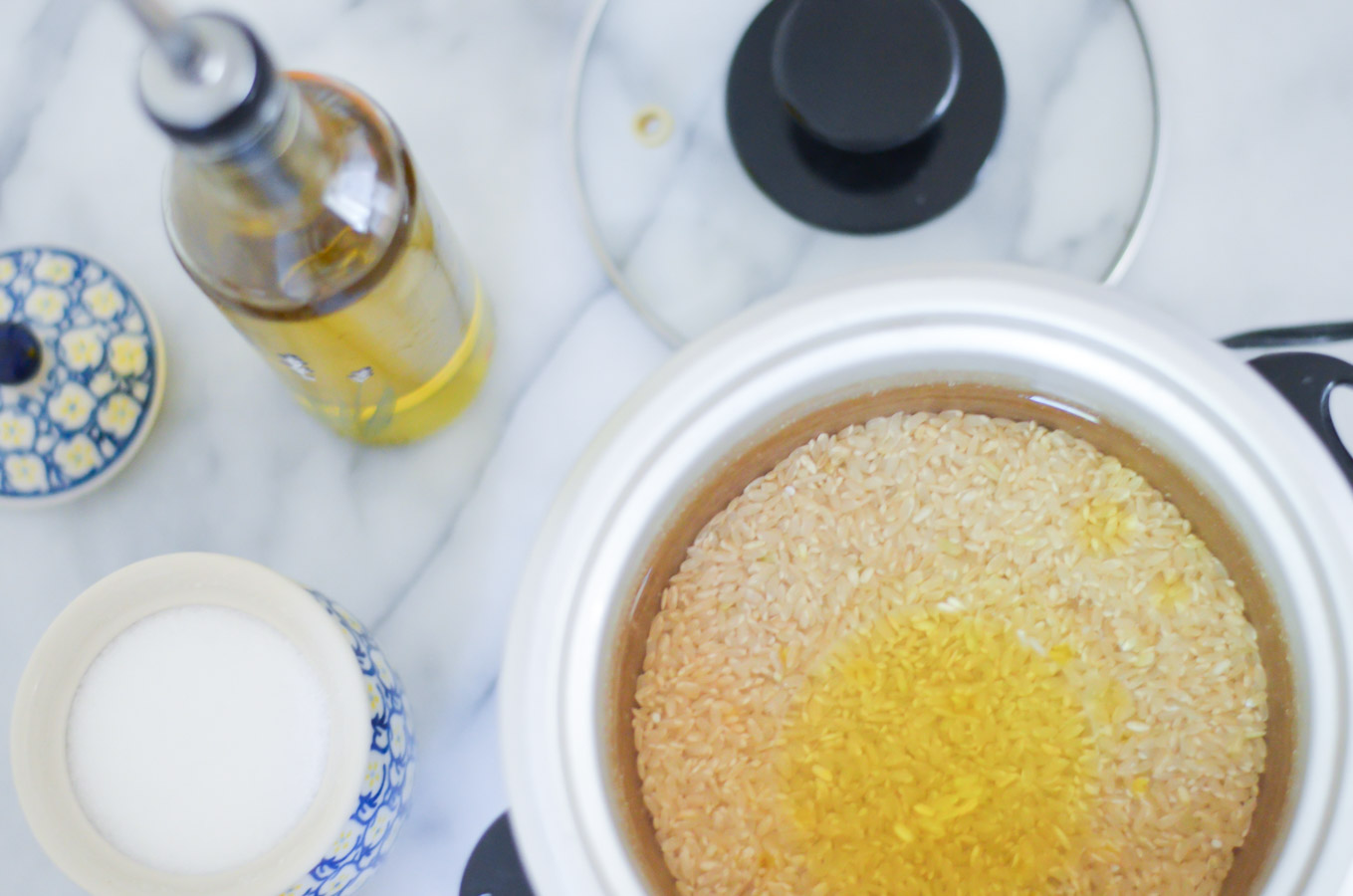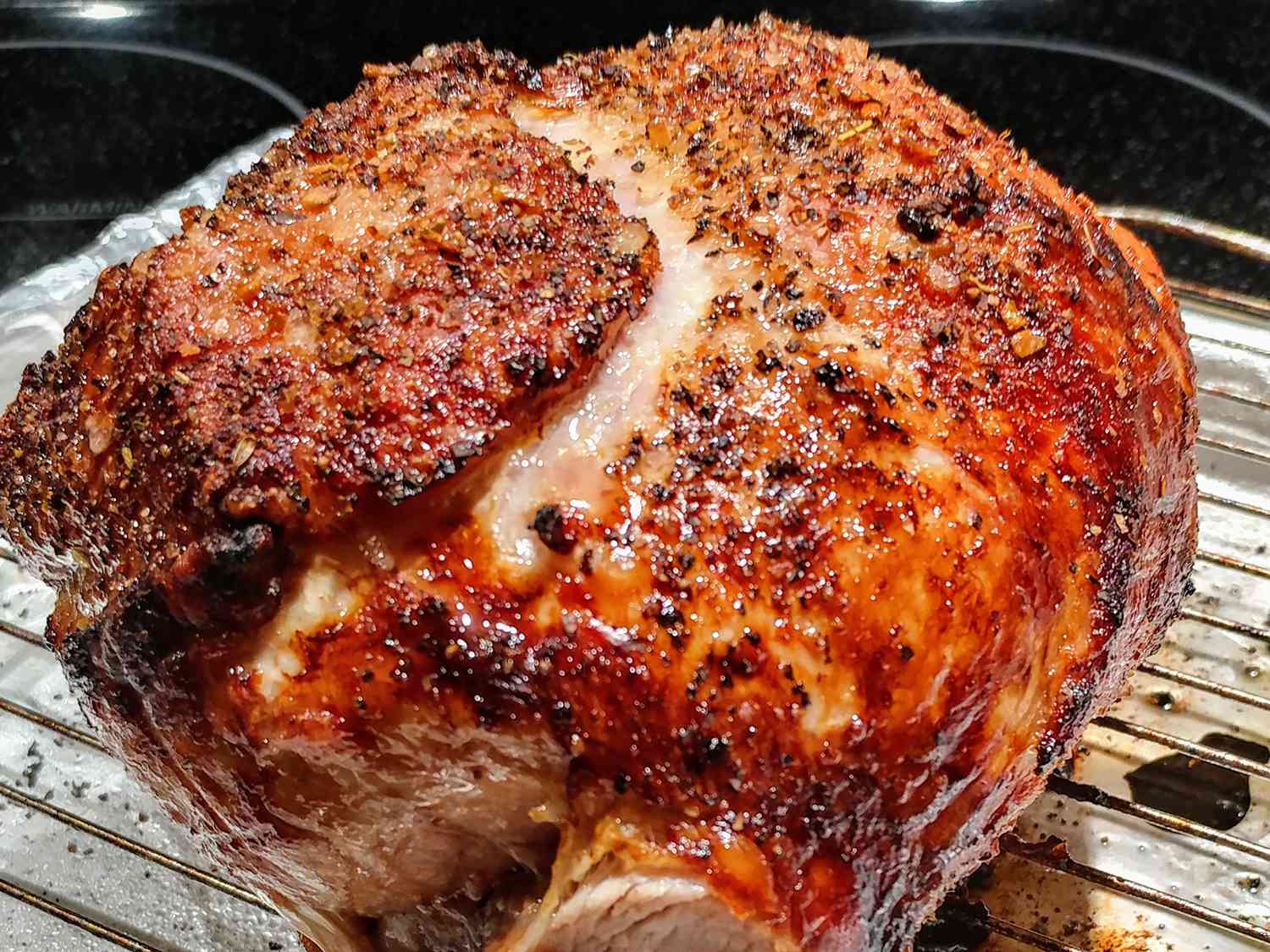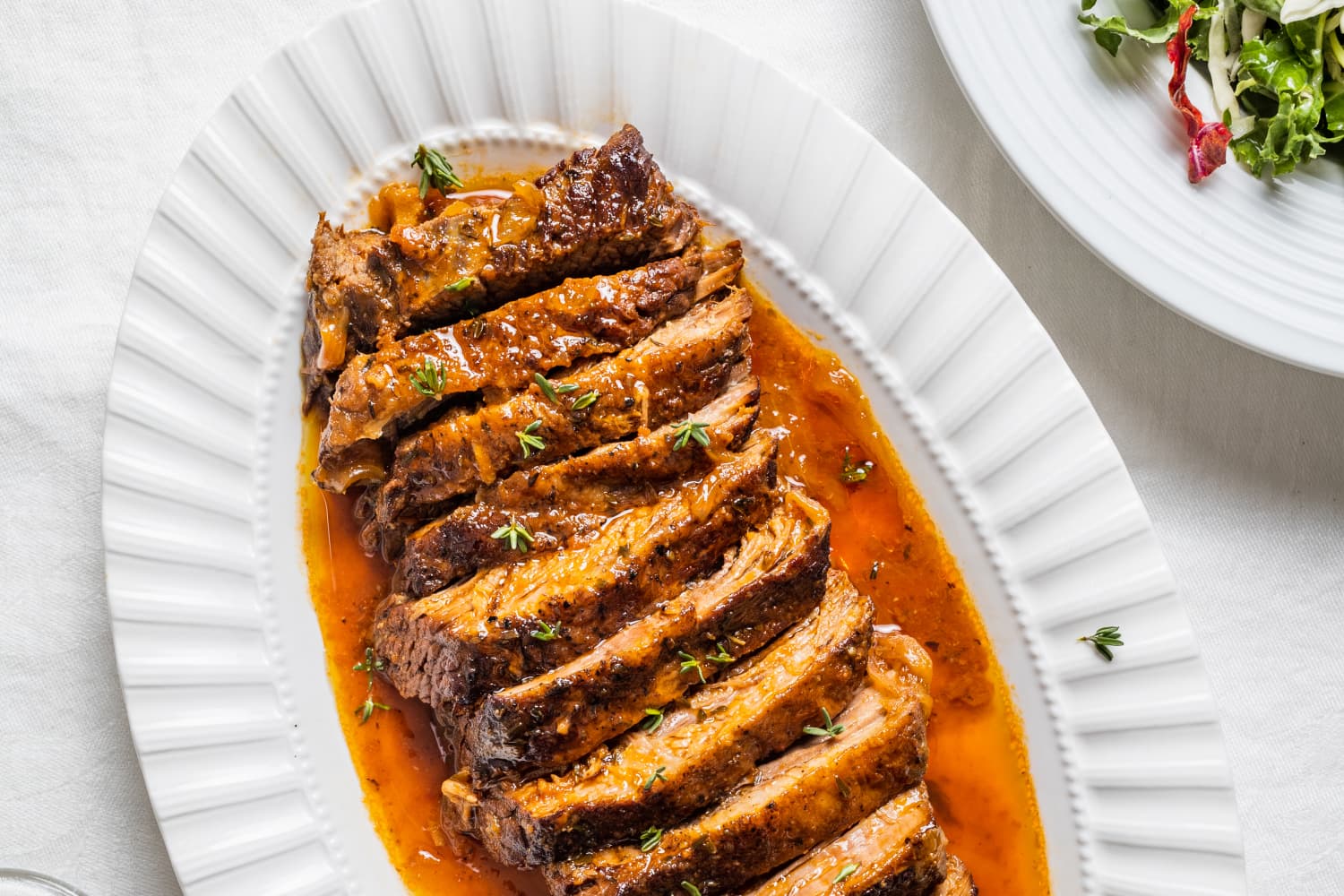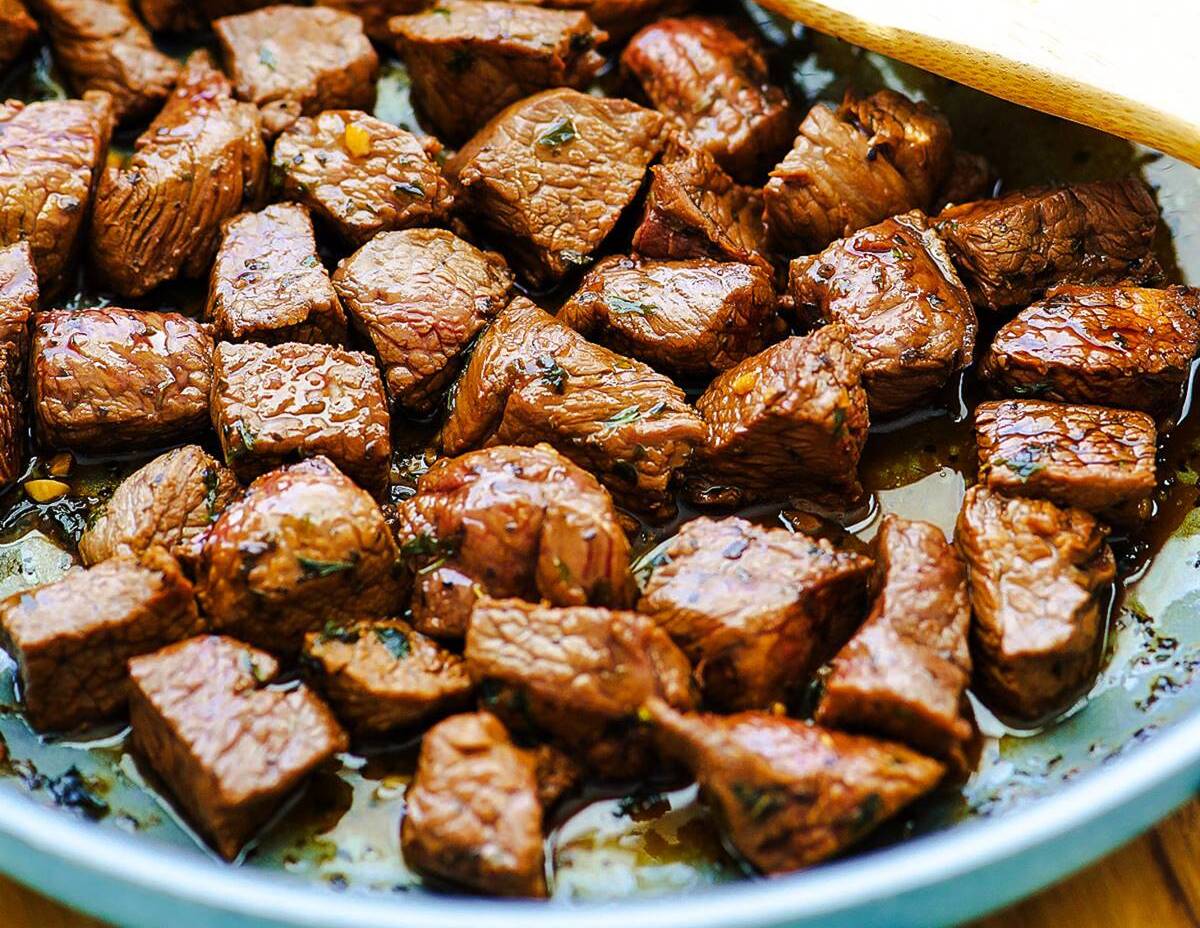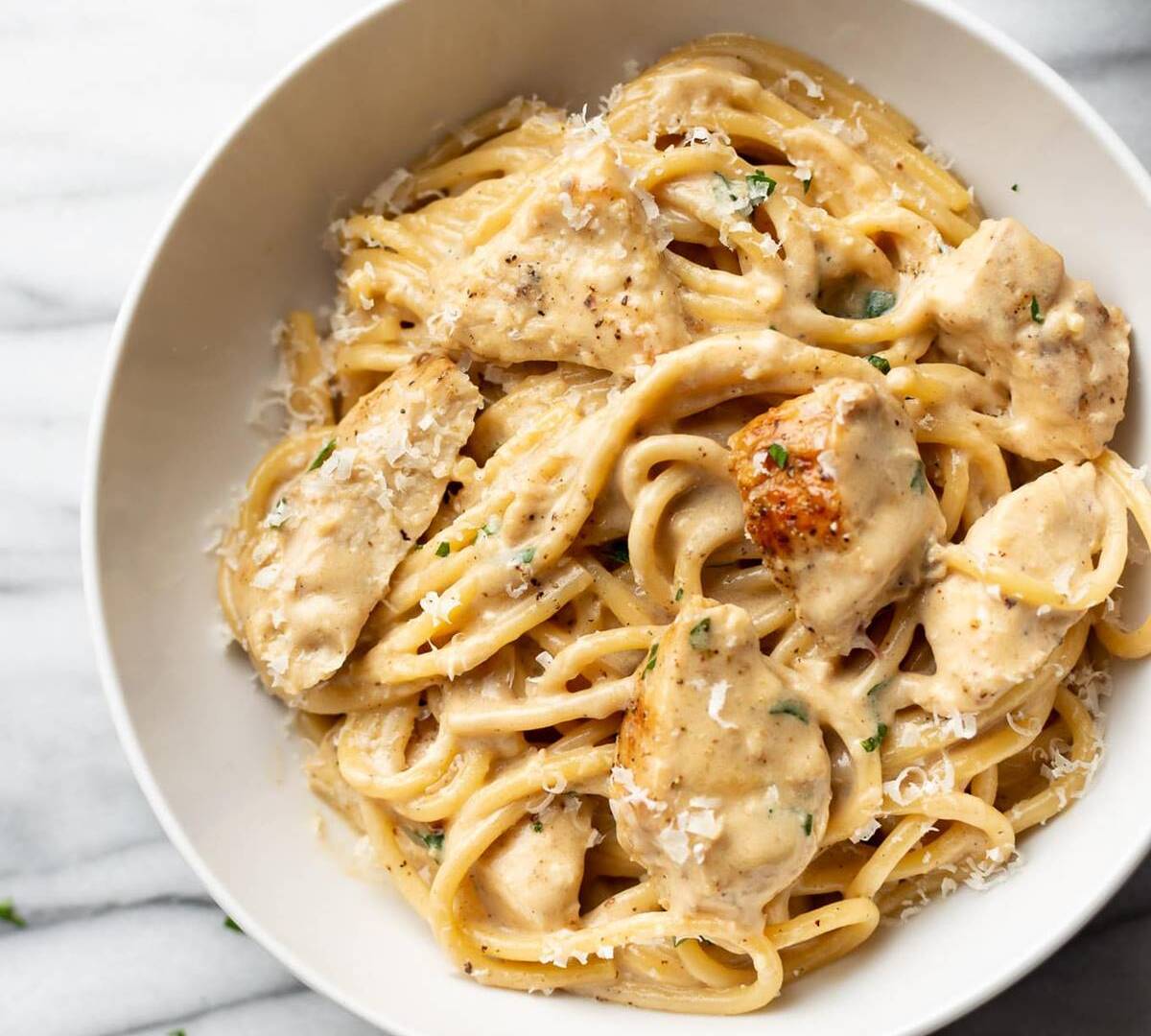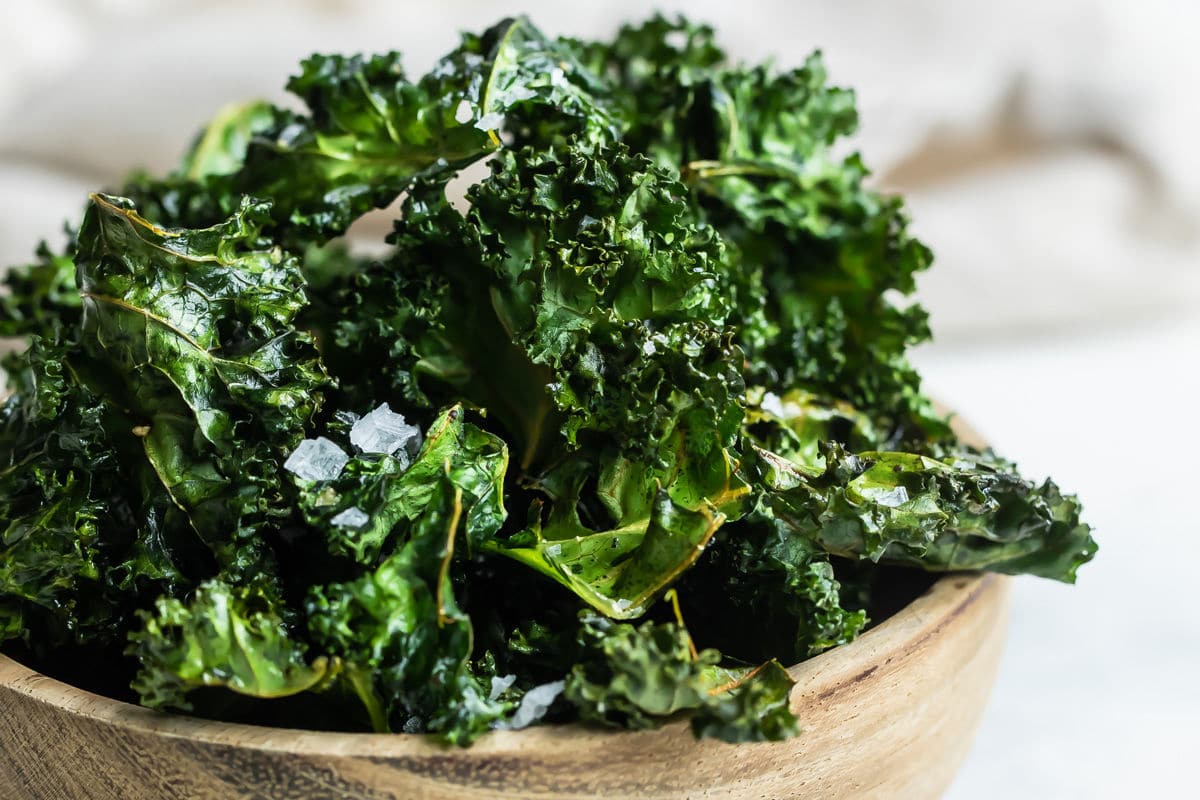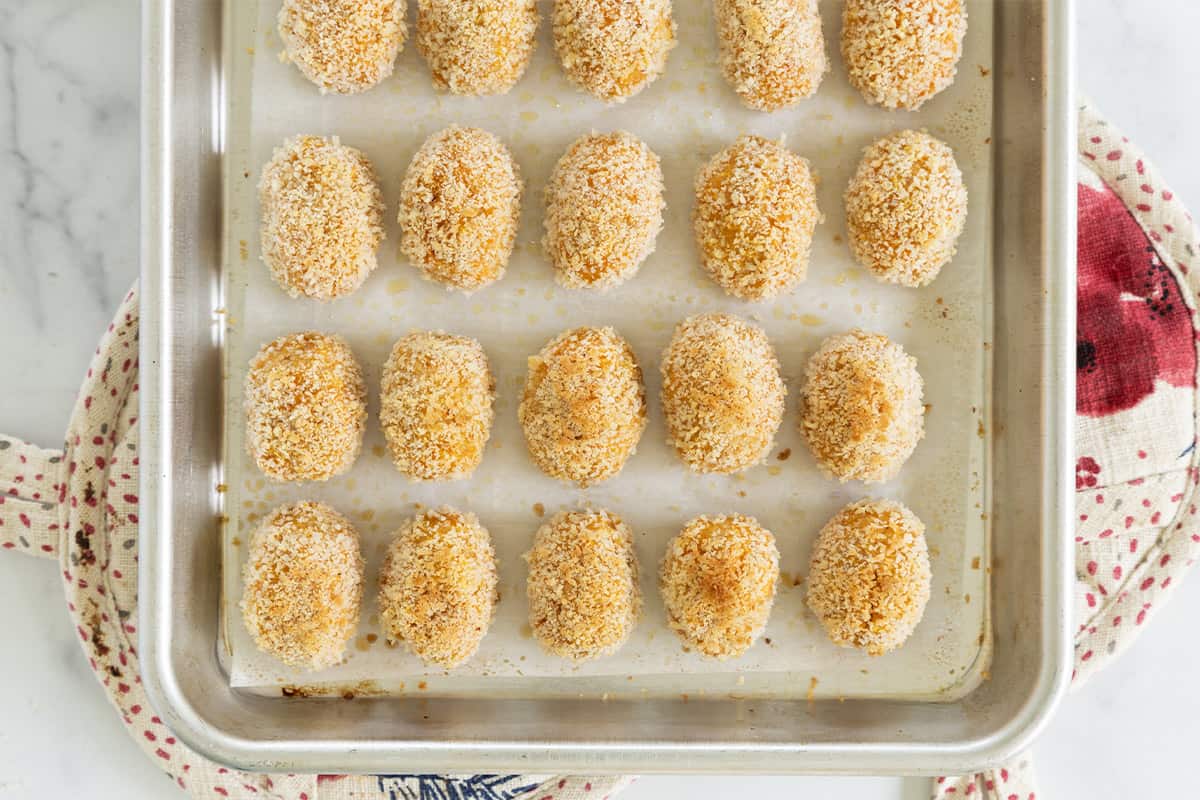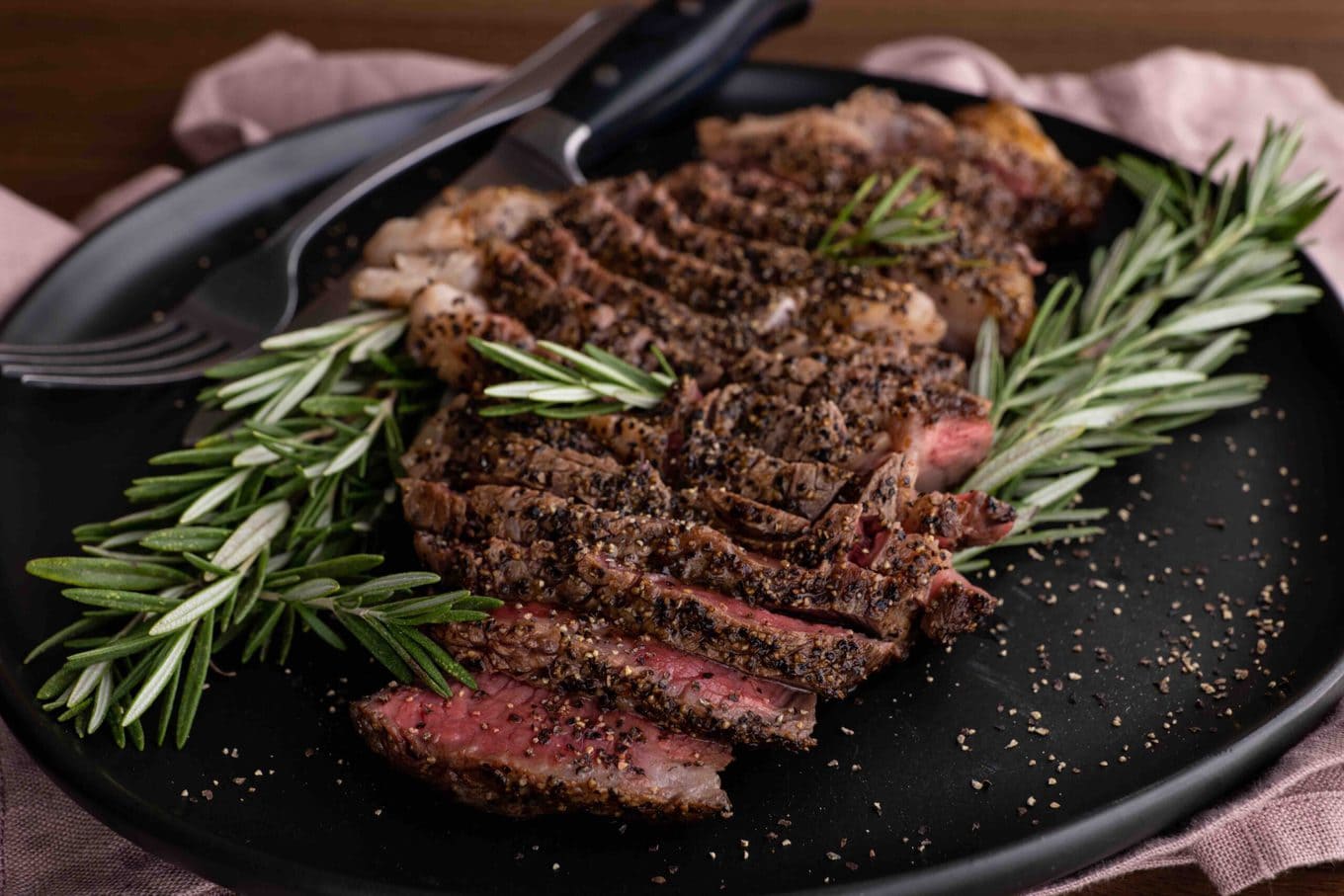Unlock the Secrets to Cooking Delicious Frozen Fish in a Pan
When it comes to quick and convenient meals, frozen fish can be an excellent option. With the right techniques, you can easily transform a frozen fillet into a mouthwatering dish that will satisfy your taste buds. In this article, we will share with you our top tips on how to cook frozen fish in a pan, so you can whip up a delightful seafood dinner in no time!
Choose the Perfect Fish
Before you start cooking, it’s important to choose the right type of fish. Opt for white fish varieties like cod, haddock, or tilapia, as they tend to hold up well when cooked from frozen. These fish have a mild flavor and a firm texture, making them perfect for pan-frying.
Pro tip: Avoid delicate fish like sole or flounder, as they may not withstand the frozen-to-pan cooking process.
Thaw or Not to Thaw?
Option 1: Thawing the frozen fish before cooking is the traditional approach and allows for more even cooking. To thaw, place the fish in the refrigerator overnight. Make sure to wrap it securely in plastic wrap or place it in an airtight container to prevent any cross-contamination.
Option 2: If you’re short on time or simply prefer a quicker cooking method, you can cook the fish directly from frozen. Cooking fish from frozen can help retain its moisture and prevent it from drying out.
Prepping for Pan-Frying
Now that you’ve chosen your fish and decided whether to thaw it or not, it’s time to prepare it for pan-frying. Follow these steps:
- Rinse the frozen fish under cold water to remove any ice crystals or glaze.
- Pat it dry with paper towels to ensure a nice sear.
- Season the fish to your liking with salt, pepper, herbs, or spices. Get creative and experiment with flavors!
Masterful Pan-Frying Technique
Now that your fish is ready, it’s time to cook it in the pan. Follow these steps for a perfect result:
- Heat a non-stick skillet over medium-high heat and add a small amount of oil or butter.
- Place the seasoned fish fillets in the hot pan, skin-side down if applicable. Pro tip: A hot pan ensures a crispy exterior and locks in the flavors.
- Cook the fish for about 3-4 minutes per side, or until it reaches an internal temperature of 145°F (63°C). The fish should be opaque and flake easily with a fork.
- Use a spatula to carefully flip the fillets to avoid breaking them.
- Once cooked, remove the fish from the pan and let it rest for a few minutes. This will help the proteins relax and redistribute the juices, resulting in a more succulent bite.
- Squeeze a touch of fresh lemon juice over the fish for an added burst of flavor.
Serving Suggestions
Now that your perfectly cooked frozen fish is ready, it’s time to plate up and enjoy! Here are a few serving suggestions to enhance your meal:
- Pair the fish with a side of steamed vegetables and fluffy quinoa for a healthy and balanced meal.
- Toss together a refreshing salad with mixed greens, cherry tomatoes, and a drizzle of tangy vinaigrette.
- Serve the fish on a bed of creamy mashed potatoes for a classic comfort food combination.
- Top the fish with a zesty salsa made with diced tomatoes, onions, and cilantro for a burst of freshness.
Now that you have the knowledge and techniques to cook frozen fish in a pan, go ahead and give it a try! Whether you’re cooking for yourself or impressing guests, this quick and easy method will soon become a go-to in your recipe arsenal. Enjoy the delicious flavors and the convenience of cooking frozen fish in a pan!
For those looking to master cooking frozen fish in a pan, there are several recipes worth trying. Beginners might start with Lemon Herb Pan-Seared Cod for a simple yet flavorful introduction, while those looking for a bit more kick can opt for Spicy Cajun Tilapia. For a taste of the Mediterranean, Mediterranean-Style Cod with Olives and Tomatoes offers a wholesome, hearty dish. If you're in the mood for something crispy, Crispy Skinned Salmon Fillets is a must-try. Lastly, Honey Garlic Pan-Fried Fish combines sweet and savory flavors for a delightful meal. These recipes not only make use of the skills outlined in the guide but also offer a variety of tastes and techniques to explore.
Was this page helpful?
Read Next: How To Cook Raw Shrimp From Frozen
